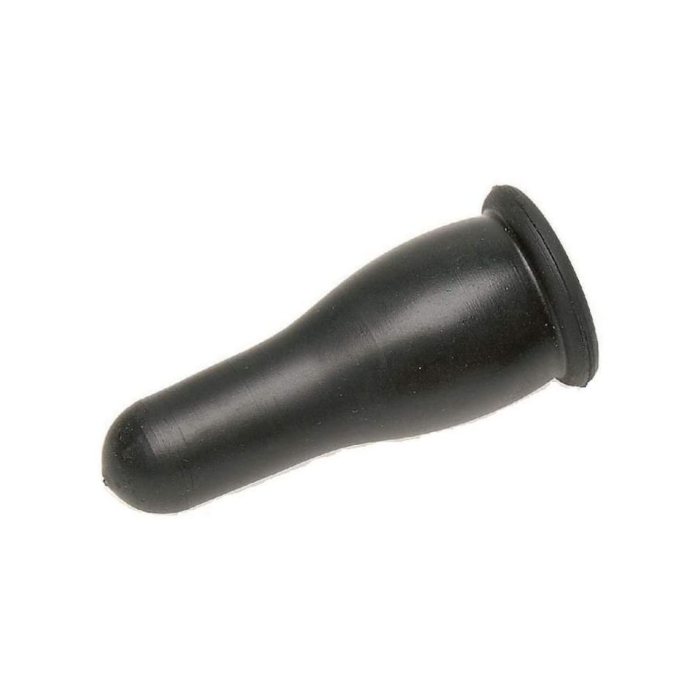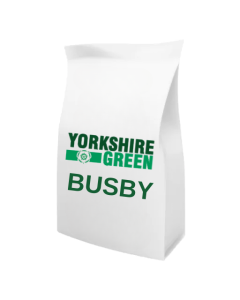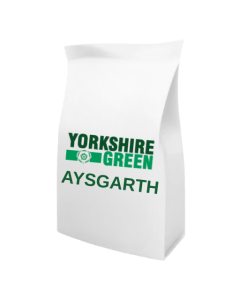Pull on Lamb Teat Black
SKU
14752
£2.52
£2.10
- Bulbous teat end encourages fast acceptance by lambs.
- Hollow cone tip allows milk flow regulation, cut at end for slow flow or nearer base for increased flow.
- Fits most household bottles.
- Sold individually.
Pull-On Lamb Teat Black features a bulbous teat end to encourage fast acceptance by lambs. The hollow cone tip allows for milk flow regulation; cut at the end for slow flow or nearer the base for an increased flow. Fits most household bottles.
| Weight | 0.100000 |
|---|---|
| Brand | Ritchey |
| Selling Unit of Measure | Each |
| Decimal Places Qtys | 1 |
Write Your Own Review













